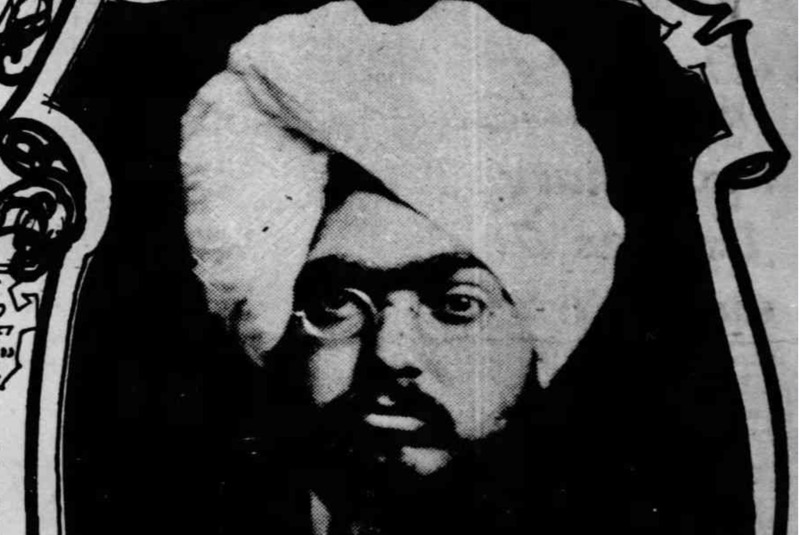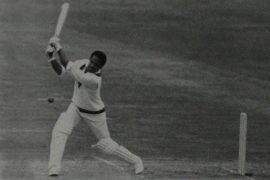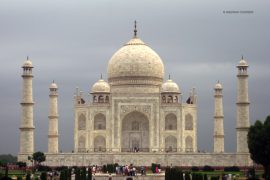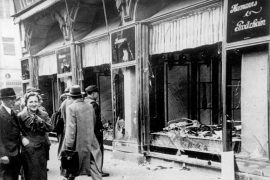As journalists across the world are under attack, it is essential to rally behind them and support their work. Powerful journalism, which records important events and provides diverse perspectives, becomes a part of history.
Given the current environment, which castigates upright journalists who refuse to turn into propagandists, we are telling the story of a less-known journalist who left home and reached the coast of the Americas.
In the early nineteenth century, newspapers in the United States and Canada often published articles by a Sikh man from India. His name in the byline was Saint Nihal Singh. At a time when Canada’s immigration laws made it extremely difficult for Indian Immigrants to land, Saint Nihal Singh not only thrived as a journalist but also provided their perspectives to the West.
Singh wrote candidly about the racial divide, life in the Americas, and news from the East. While he wrote little about his life, other journalists, fascinated to have a turbaned man as a peer, wrote about him.
Singh was an avid traveller and an even more enthusiastic observer. He had been to many countries and diligently noted what he witnessed and understood.
Singh, a Sikh from Rawal Pindi, Punjab (at the time, a part of Colonial India), was an avid reader. His journey across the globe started in his teenage years when Singh decided to run away from his house one day, searching for stimulating life experiences.
With barely “a rupee in his pocket,” Singh embarked on a journey across Asia. His ability to write kept him surviving with little to no funds. He would pen down his observations and thoughts to provide insights to people. He was Hungry to learn about foreign lands and perspectives, which would often keep him afloat.
Singh’s journalism career seemed to have kickstarted from helplessness. He was in China with very little money and contracted an illness that left him in a hospital bed. He took up a journalist’s job to pay bills and made his way to Japan. Finally, after saving enough for an overseas journey, Singh boarded a ship for the Americas.
When Singh reached the coast of Seatle in 1906, he realised that Indian men and women were facing a hard time in Canada. From here, Singh’s fight for equality in racially divided Americas began.
In November 1906, a Vancouver newspaper, The Province, published Singh’s article that addressed anti-Indian feelings amongst the Canadians. He argued against the “Hindu Peril,” a racist bias that portrayed all Indians as Hindus and showed them in a negative spotlight.
The government was anxious about Indian immigrants – from rumours that people were not acclimatised to the cold weather to not having employment. At one point, it was argued that they would cause the downfall of the Canadian economy.
With systemic reasoning in the newspaper, explaining how the Indians, specifically the Sikhs, could not threaten the Canadians, Singh fought for his brethren. The article in The Province was not a work of singularity. He attributed many of his works to combatting racism and its effects on American citizens.
In 1908, Saint Nihaal Singh was back in the United States. Many of the works he published elaborated on the condition of African Americans and urged Indians to show solidarity.
In an article titled “Colour Line in the United States of America,” Singh addressed Indians in their home country. Explaining the evils of racism, he hoped to educate people with an ignorant fairy-tale view of the US. He compared the struggle of African Americans to the people in India under the British crown. He wrote:
The white man metes out the same treatment to coloured people in India and out of India. It makes little difference whether the coloured man is an Indian, a Chinese, a Japanese or an Afro-American.
Other works are observations and reflections as an immigrant. In a different series of articles published in 1909 titled “As an Indian Sees America,” Singh critiques American Journalism. In the first of three articles, Singh pointed out the role of “the yellow ad-man.”
He wrote about how the advertisements are so ingrained in the content of American newspapers that the naive public does not realise its capitalist motives. “This form of advertising is very elusive and sly, and is widely employed in America,” he wrote. “In fact, it is considered the most effective form of advertising.”
Singh calls out this method of advertising as unethical in the view of Indians. However, he points out that the wide American readership does not understand that the newspapers are selling various things in the name of news. In a scathing article, he wrote:
These advertisements are printed as news items of “feature stories in the body of the paper or periodical, and no one who is not initiated in the intricate mysteries of newspaperdom in America has any means of knowing that even the leading American periodicals stoop to using such low and degrading modus operandi.
In the continuing articles of the series, Singh continues to attack American journalism for its commercial goals. He portrays how the industry is obsessed with making money, just like other industries in the United States.
He blamed the editors for influencing the public through the medium to propagate specific interests. It could be personal motives, political party propaganda, religious ideologies, or an individual’s ambitions.
Saint Nihal Singh’s work provided opinions and perspectives on the workings of American society and insights into the affairs of India and the East. Despite facing intense racism, he earned a name for himself at a time when an Indian journalist was a rare occurrence.
As the guest of a Canadian club, Singh was seated amongst important people like the ex-Premier of Canada. However, with the aversion towards the immigrants, it should not be surprising that the industry did not always treat him kindly. As The Sun wrote:
During his time in New York, ‘he suffered intense privations. He wore an old coat and a thin overcoat, and his trousers were frayed and tattered. He lived in a dirty, dingy cellar in the midst of vagabonds of the worst description, and was glad to be able to get one meal a day.
Regardless of the suffering, Singh attracted huge crowds during his lectures. The audience would often be mesmerised by his mind, forgetting how poor he appeared. Singh’s story is one of perseverance and curiosity. His accounts and biographical pieces show an acute affinity to experience life.
During his time in Chicago, a peer in the same field fell in love with Singh and married him days after meeting him. Mrs Singh had told The Sun that “Singh’s mission in life” was to “familiarize himself with Occidental methods.”
To understand American society, he would participate in and analyse daily life activities. He would go to a job of normal labour during the day and come back home to write about it. Mrs Singh was ten years older than Singh and acted as his secretary after their marriage. The pair were said to be inseparable.
Saint Nihal Singh led an unconventional life when the US and Canada were not hospitable places for immigrants of colour. With simply his curiosity and observations, a sense of justice, and analytical mind, Singh provided the people with fresh perspectives from the East, earning himself a respectable podium in the industry of Journalism.
Works of journalists provide a detailed insight into events from the perspectives of their society, personal views, and parties involved. Journalists significantly impact communities because they provide a voice for the public. They become a medium of documentation when viewed from a historical point of view.
Today, as journalists who defy the odds and strive to inform the world are under attack, we celebrate and seek support for those like Singh who tell the stories of those who cannot speak.
-30-
Copyright©Madras Courier, All Rights Reserved. You may share using our article tools. Please don't cut articles from madrascourier.com and redistribute by email, post to the web, mobile phone or social media.Please send in your feed back and comments to editor@madrascourier.com











